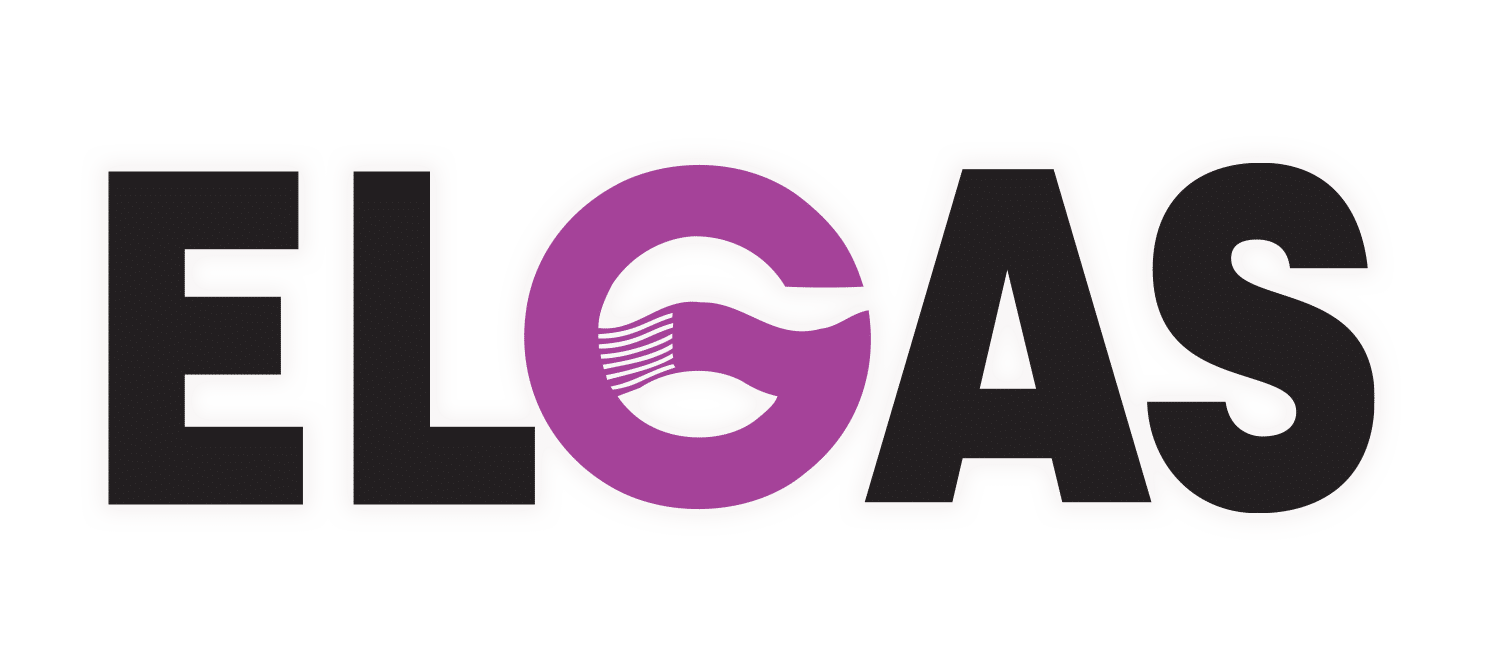LPG Gas Installation – LPG Bottle Installation & Adding Gas Appliances to Your Home
Installing LPG at Home – LPG Bottle Installation
This is a step-by-step guide to adding LPG gas installation (LPG installation) to an existing all-electric home.
Installing LPG at home (LPG bottle installation) is easier than you think!
We work with you to get you the appliances you want, an experienced tradesman to do the LPG gas installation (LPG installation) and everything you need to know as a New User of Home LPG.
Here are 5 simple steps to get started:
1. Choose Your Appliances
First, even before you do the LPG gas installation, you decide on which LPG Gas Appliances you wish to have.
Continuous Flow Hot Water Systems
Continuous Flow Hot Water Systems are a great choice to replace old electric hot water heaters.
They are energy efficient and they only run when you are using your hot water.
Best of all, you’ll never run out of hot water again!
LPG Gas Heaters
 Gas Heaters have advantages over the electric alternatives.
Gas Heaters have advantages over the electric alternatives.
They can heat an area much more quickly and, unlike reverse cycle air conditioning, continue to provide maximum heat output even when it’s very cold outside.
Gas Cooking
 Professional chefs know that Gas Cooking is the obvious way to go.
Professional chefs know that Gas Cooking is the obvious way to go.
Rapid heating and instantaneous heat control makes it the choice of professional chefs and great home cooks around the world.
2. Buy Your Appliances
Pre-purchase the appliances so that they can be connected as part of the LPG gas installation (LPG installation) process.
Make sure you specify the LPG version of the appliances, as they are slightly different from the natural gas models.
This will save time and could save you money, as you will only need to have the gas fitter to your home for one complete project.
3. Pick Your LPG Supplier
You also want to pick your LPG supplier before the gas fitter starts the LPG gas installation (LPG installation), as the tradesman will need to know from whom to order the initial gas bottles before installing LPG at home (LPG bottle installation).
As part of the selection process, you will need to decide on the type of delivery that you want.
There are two choices: Automatic Tanker Delivery and Gas Bottle Exchange services.
We typically supply two 45kg gas bottles if you choose gas bottle exchange.
Most home LPG users prefer the Automatic Tanker Delivery, as there is no need to check gas bottles, changeover between gas bottles or even order gas.
With our Automatic Tanker Delivery, the deliveries are scheduled for you, based on the appliances you choose and how much gas you use.
You even have the option of underground LPG storage. It really is EFFORTLESS LPG™!
4. Choose a Licensed Gas Fitter to do the LPG Gas Installation (LPG Installation)
You should choose a licensed gas fitter that is familiar with LPG gas installation (LPG installation) and the installation of the appliances you have selected.
For example, some gas fitters may not install gas fireplaces or other particular types of appliances.
Some specialise in a particular type of appliance, such as hot water heaters.
We work with you to identify an experienced gas fitter in your area who can do what you require.
Also see Use of Licensed Gas Fitters Explained
5. Installing LPG at Home: LPG Gas Installation (LPG Installation) & Appliances
The gas fitter installing LPG at home will do the LPG gas installation (LPG installation) including LPG bottle installation, a gas regulator, the gas bottle connectors and the gas service pipe to the appliance locations.
These items become part of your property, aside from the LPG bottle installation.
We provide the gas bottles for the LPG gas installation (LPG installation).
A typical LPG bottle installation has two 45kg gas bottles.
Be sure to tell the gas fitter if you are getting our Automatic Tanker Delivery, as this can affect the LPG bottle installation placement.
Please see our illustrated Gas Bottle Placement Guide
The gas fitter will then install and connect the appliances, including any plumbing work that is required.
We will coordinate the initial gas delivery so that he can test the appliances as the last step of the LPG gas installation (LPG installation) project.
6. Enjoy Your New LPG Installation and Gas Appliances
.jpg)
- LPG vs Natural Gas – Difference Between LPG Gas and Natural Gas – What is LPG - May 19, 2025
- Propane, Propane Gas & Liquid Propane Gas | Propane Gas Bottle – Propane Tank | Is Propane the Same as LPG - May 19, 2025
- LPG – LPG in Gas – What is LPG: What is Liquefied Petroleum Gas – LPG Gas - May 18, 2025
Steve Reynolds
Technical Consultant
Steve Reynolds is a leading expert in the LPG industry with over 22 years of experience. As part of the national management team at ELGAS, Steve ensures the safe and efficient storage, handling, and transportation of LPG. He serves as the lead investigator for incidents and collaborates with authorities on industry developments.
Steve is a technical advisor to Standards Australia and Gas Energy Australia (GEA), and an active member of the World LPG Association (WLPGA), contributing to global standards and technical reviews. He holds a BSc. (Hons) in Industrial Chemistry from UNSW and has held senior safety and technical roles at ELGAS, making him a trusted authority in LPG safety and standards.

